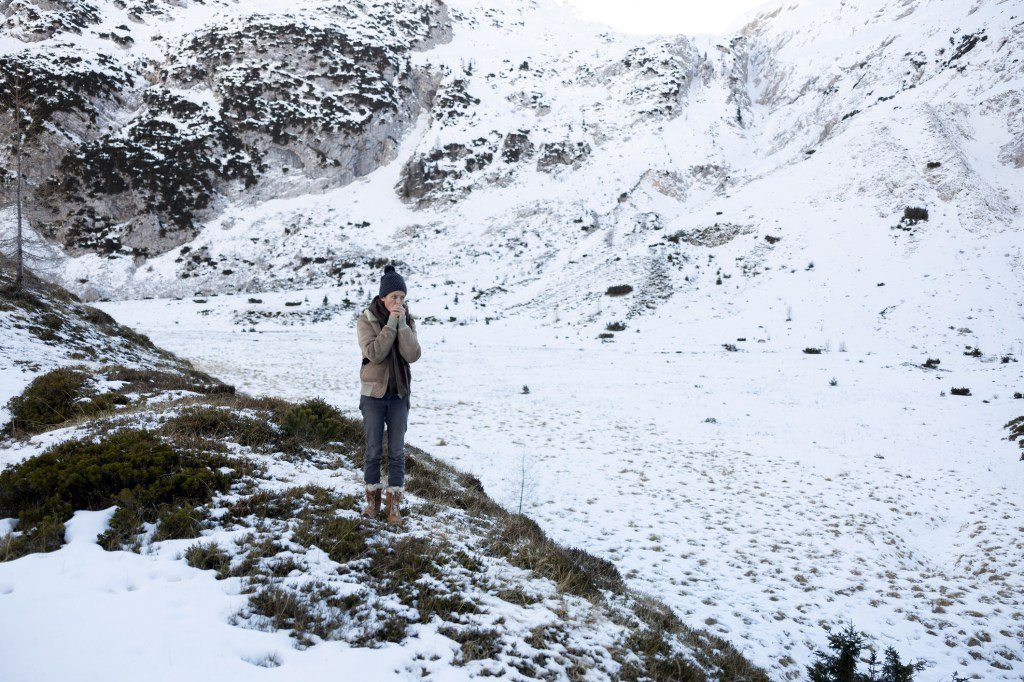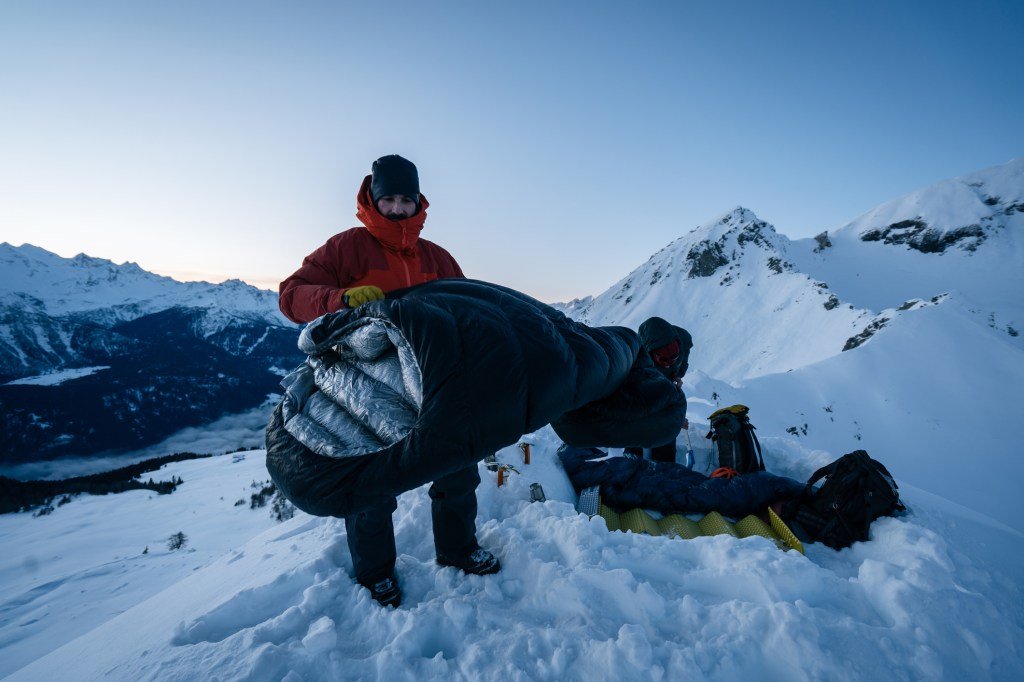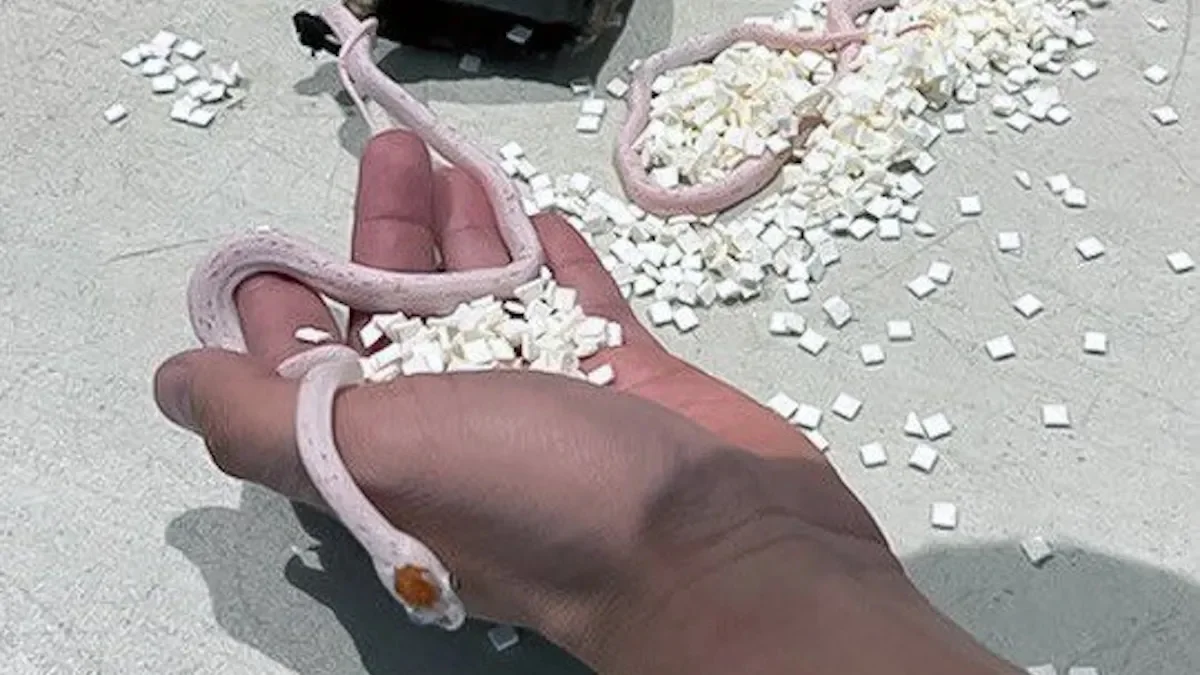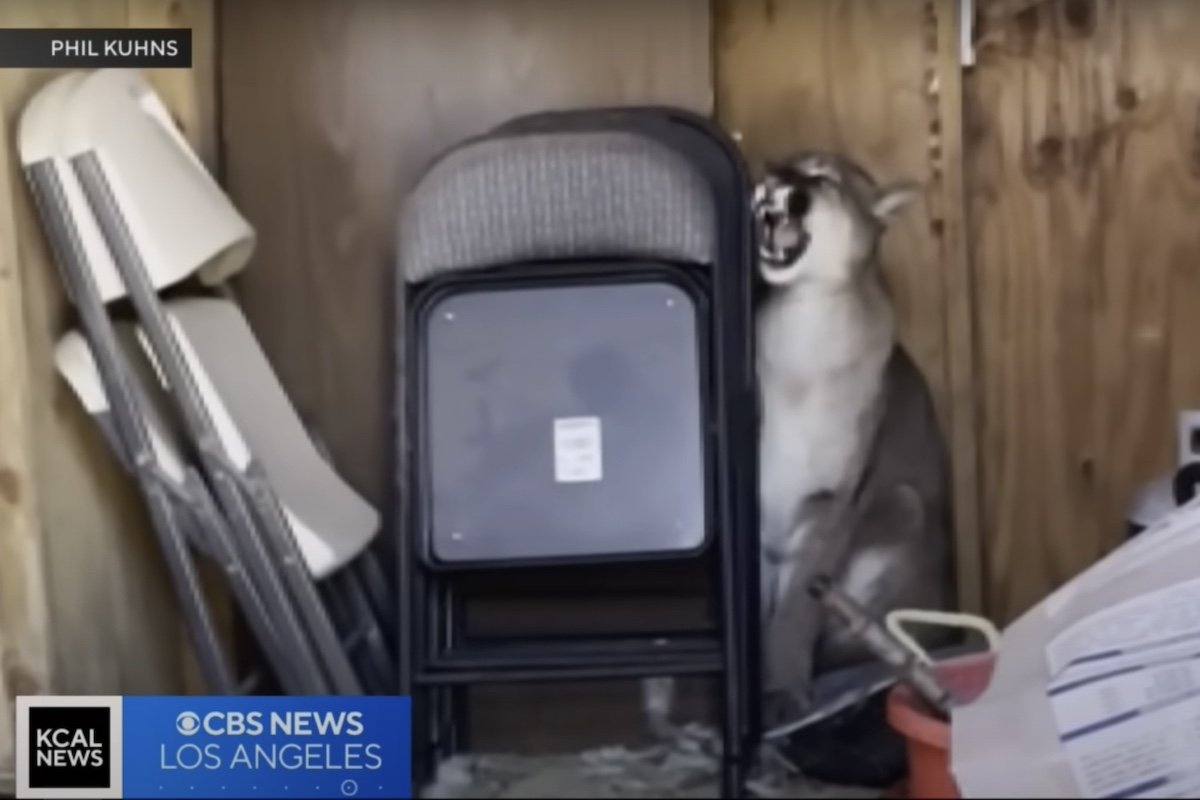

Bear Grylls has survived some of the planet’s most extreme temperatures and he doesn’t shy away from icy situations—just recently, he was immersing himself in the waters of a frozen lake in Wyoming while on location for Running Wild.
In order to survive in these temperatures, Bear knows how to recognize and deal with hypothermia and frostbite, two serious conditions that need immediate attention.
“I have witnessed these first-hand on many occasions and they need to be dealt with rapidly or you can easily lose people,” he says in How To Stay Alive.

Warning signs of hypothermia and how to treat it
One of the first signs of hypothermia is if a person is uncontrollable shivering. The reason someone shivers is that the body is trying to warm itself up with movement. If the shivering stops suddenly, that can be more serious.
“If you or your companion suddenly stops shaking, it’s the body going into survival mode, shutting down blood flow to the extremities and concentrating on blood flow to the heart, lungs and brain,” says Bear.
Other physical signs of hypothermia include pale lips, the body feeling cold to the touch and a lack of body coordination or slow movement. Neurologically, the person could be confused, making basic mistakes or has gone quiet.
If you think you or someone has hypothermia, first take off any wet clothes and put on dry ones. Get the person into a sleeping bag if possible—and get into the sleeping bag with them.
“Shared body heat is good, and flesh-on-flesh contact is better,” says Bear. “Don’t be shy about this: It can save a life.”
If available, give the person a hot, sweet drink to sip on. You can also put a hot water bottle or heat packs against the armpits, upper abdomen, neck or groin, as these areas are especially sensitive to temperature changes.
Encourage the person to urinate, as the body uses a lot of heat energy keeping urine warm inside the bladder. In Escape from Hell, Bear showed how he urinated into a Ziplock bag to use as an improvised hot water bottle to warm his fingers for a few minutes.

But don’t immerse the person in very hot water, as this can force warm blood towards the skin and away from the body’s core where it’s most needed. Don’t warm the arms and legs with direct heat and don’t rub or massage the body. If someone is severely hypothermic, these huge temperate contrasts may cause their breathing to stop, so you may need to administer CPR.
Warning signs of frostbite and how to treat it

Frostbite is when your flesh freezes and the skin goes black as the flesh starts to die. The first sign of frostbite is frostnip, and this usually happens on fingers and toes, when they start to turn white and numb.
If this happens, immediately get the affected area out of the wind, rain or snow, then gently re-warm it. “The best way to do this is under your—or someone else’s—armpits or in the groin,” says Bear. “You can squeeze and manipulate the flesh to get the circulation going.”
If the flesh feels very solid to the touch, that means frostbite may have set in. Slowly re-warm the flesh in lukewarm (not hot) water, or if you don’t have access to warm water, try using your warm breath on the frostbitten area. You’ll know that the frostbite has been dealt with when the flesh is red and swollen.
Do not rub it or warm the area over direct heat—the affected area will have no sensation so you could burn yourself.
Bear also warns to never re-warm frostbite if there is a chance that the affected area will refreeze, as this can damage the flesh beyond repair. “Better to keep it frostbitten until you can get to safety,” he says.
“I’ve seen people with frostbite try to put their hands back out into around 50°F conditions because of the pain of having them at room temperature.” says Bear.
More from Bear Grylls:
- How to Make a Toothbrush in the Wild
- Driving in the Snow
- How to Build Shelter in a Forest
- How to Survive Sub-Zero Temperatures
- What to do If You’re Bitten by a Snake
- How to Navigate Without a Compass
- How to Deal with Injuries in Survival Situations
- How to Find Water in the Mountains
- Making Shelter in the Snow
- Priorities of Survival
- How Bear Grylls Lights a Fire









